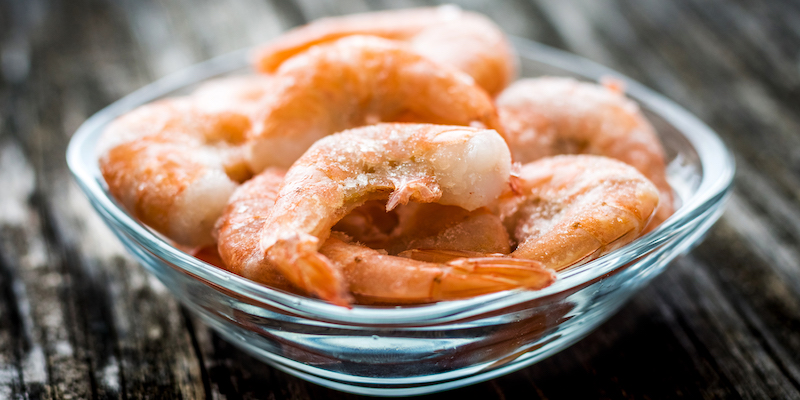Food Safety Myths - How Many Have You Fallen For?

As chefs and restaurant/kitchen managers, you know how serious food safety is. Your professional careers and reputations are founded on the public’s faith in your ability to understand how a clean and sanitised kitchen functions and your ability to train staff to understand these practices too. Nonetheless, we all grew up in domestic kitchens with well-meaning parents whose knowledge of bacteria growth, safe refrigeration practices and the causes of food poisoning may have been lacking.
So it begs the question – how many food safety myths do you still believe? Below are a few common myths that should be guarded against in professional kitchens. If you see staff engaging in these practices, take a little time to explain why they should be avoided.
1. When defrosting food, leave it on the draining board. Absolutely not. Defrosting takes place from the outside in. So while the inside is still frozen, the outside of a lump of chicken breasts can easily reach room temperature and become a breeding ground for bacteria. Either defrost meat overnight in the fridge or quickly in the microwave oven immediately before use.
2. Plastic chopping board are more hygienic than wooden ones. Untrue. There is no scientific evidence to substantiate this claim. This holds true for boards made of glass or marble too. However, it is known that washing chopping boards after each use removes contaminants and reduces their spread. It is also well-known that colour-coding chopping boards for various uses helps to reduce the spread of bacteria.
3. Steak must be cooked all the way through to be safe to eat. False. Steak is in a class of its own. As long as the outside is brown, the inside is safe to eat. However, be aware that hamburgers and sausages need to be thoroughly cooked as the mincing process enables bacteria to grow throughout the whole product, not just on the surface.
4. Raw chicken must be rinsed before cooking. Incorrect. This is unnecessary as rinsing does not remove the bacteria. In fact, rinsing is highly likely to spread bacteria via uncontrolled splashes to other work surfaces and clothing. Be assured that thorough cooking will kill the bacteria within.
5. Cooked rice may be stored as long as other leftovers. No. Rice may contain a bacteria that is heat resistant. To ensure safety, cool cooked leftover rice quickly by storing it in the refrigerator and consume within 24 hours.
6. Food poisoning is not serious. It is estimated that there are 4.1 million cases of food poisoning every year in Australia. Each one of these affects people’s lives detrimentally and may even cause economic losses. While the vast majority are not life threatening in nature, some are. As chefs and restaurant/kitchen managers, we need to protect the public against such outbreaks by practising proven food safety standards.
Prevention is better than cure. Ensuring your kitchen staff are trained in correct food safety techniques will go a long way to protecting your establishment’s reputation while looking after your patrons health at the same time.




















































































